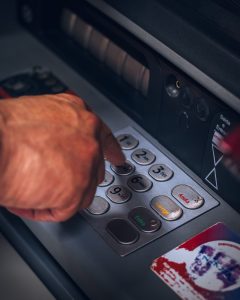Forex trading is a highly profitable business that requires traders to be constantly on the lookout for the best trading opportunities. However, with the high level of competition in the market, many traders are now turning to automation to stay ahead of the game. This has led to the increased popularity of forex robots, which are computer programs designed to execute trades automatically. In this article, we will discuss how to build a forex robot that can help you automate your trading.
Step 1: Define Your Strategy
The first step in building a forex robot is to define your trading strategy. This involves identifying the indicators and technical analysis tools that you will use to make trading decisions. You should also consider your risk tolerance level, as this will determine the type of trades that your robot will execute.
Step 2: Choose Your Programming Language
Once you have defined your trading strategy, the next step is to choose a programming language. The most popular programming languages for building forex robots include MQL4 and MQL5, which are both used with the MetaTrader platform. Other popular languages include Python, C++, and Java.
Step 3: Develop Your Algorithm
The next step is to develop the algorithm that will guide your forex robot. This involves writing the code that will automate your trading strategy, including the rules for entering and exiting trades. You should also include risk management features, such as stop-loss orders and take-profit orders, to minimize your losses and maximize your profits.
Step 4: Backtest Your Robot
Once you have developed your algorithm, the next step is to backtest your robot. This involves testing your robot on historical data to see how it would have performed in the past. This will help you identify any weaknesses in your strategy and make any necessary adjustments before deploying your robot in live trading.
Step 5: Optimize Your Robot
After backtesting your robot, the next step is to optimize it. This involves fine-tuning your algorithm to improve its performance. You can do this by adjusting the parameters of your indicators and technical analysis tools to find the optimal settings for your strategy.
Step 6: Deploy Your Robot
Once you have optimized your robot, the final step is to deploy it in live trading. You should start with a small amount of capital and monitor your robot’s performance closely. You should also keep an eye on the market conditions and make any necessary adjustments to your strategy to ensure that your robot continues to perform well.
In conclusion, building a forex robot can be a complex process, but it can also be highly rewarding. By automating your trading, you can free up your time and take advantage of the many opportunities in the forex market. However, it is important to remember that there is no one-size-fits-all solution when it comes to building a forex robot. Your strategy should be tailored to your individual needs and risk tolerance level, and you should continuously monitor and adjust your robot’s performance to ensure that it remains profitable.





